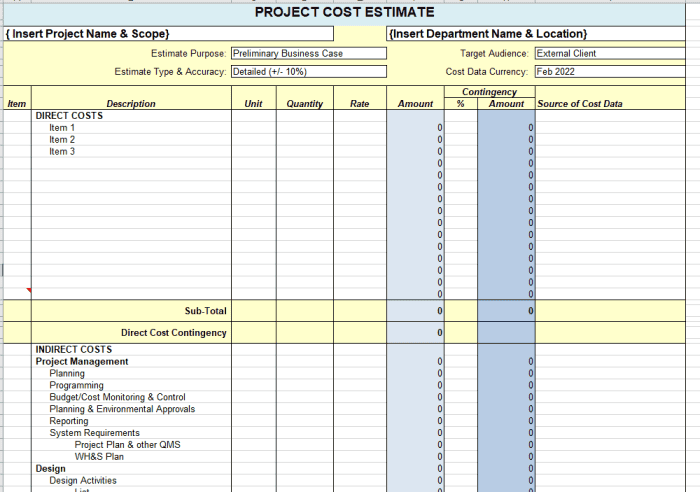Problem:
Your projects are failing. Costs are over budget, the project is far behind schedule, and quality is falling below expectations. You don’t have proper project procedures in place to stop this.
Some reasons the project are failing are:
- Your project team does not clearly know what they are required to do.
- The team doesn’t know how to do their job.
- People cannot find important documents.
- It takes too long to do things, because people are all doing tasks differently.
- Required documents and tools are difficult to find or missing.
- Tasks are not being done.
- People do not know who is doing what.
All these are related to a lack of good project procedures.
Solution:
There are many causes of project failure. One significant cause is a lack of proper procedures to guide your project team in what and how to do their assigned roles.
Project losses or failures are often the result of these missing or inadequate procedures.
You need good, clear, easy to follow procedures in place for all aspects of a project.
Make these procedures easy to follow, and easy to find.
Some of the links on this website may be affiliate links to products I use, have tested or am familiar with. I may receive a commission if you click on some of those links and make a purchase. This is at no additional cost to you.
Make the procedures show how to do something step by step. Dot points are better than big paragraphs. It is very important to make sure that your procedures are not too long. Few people will read a procedure more than a few pages long. I prefer something much shorter.
A project should have a project management plan (and other subset management plans depending on the type of project). Other management plans might be a design management plan, safety management plan, communication management plan etc.
The smaller the project, the less of these you would have, and the simpler you would keep them.
I prefer to also have a key project information summary page. This is best put in a place that your whole team regularly looks at, such as the team’s internal website front page. Or you could put it on the screen desktop of everyone, or in the main file/folder on the team network storage drive.
Name it something easily recognisable such as “Key Project Information”
The Key Project Information document (or web page or knowledge base location) should include key information that your team frequently needs:
- Key internal project contacts (roles and names)
- Key client contacts (roles, names, email and phone)
- Summary of the project goal and scope
- List of scope items
- List of responsibilities (so people can quickly see who is doing what)
- Due Dates
- Location where staff should store completed documents
- Meeting schedule
- Cost codes for booking time
It should also include links to other key documents, including some with step by step instructions. These should not be big documents, rather, they should be quick to read a follow.
- Scope
- Budget
- Schedule
- Design process
- Reference documents
- Important tools (such as the project management software and/or project controls system)
- Templates
- How to do key tasks
- How to use project (or company) software tools – these might not be project specific documents but should be linked to.
- How to raise a variation
- How to raise and record a risk
- Important definitions
- How to use the document management system
Of course there are many other reasons for project failure which I have not covered above, some of these include:
- Lack of resources (project team members)
- Insufficient experience of resources
- Slow network speeds (slowing work efficiency)
- Lack of reasonable budget (i.e. the project was underbid or not provided sufficient budget to complete the deliverables in the time allocated)
- Inadequate change control
- Lack of good leadership
Lesson:
Good, clear, easy to follow procedures should be put in place for all aspects of your project.
Make sure these are easy to find.
Make a summary page of the key project information and links to required procedures.
Doing this will save the project a lot and time and a lot of money.



